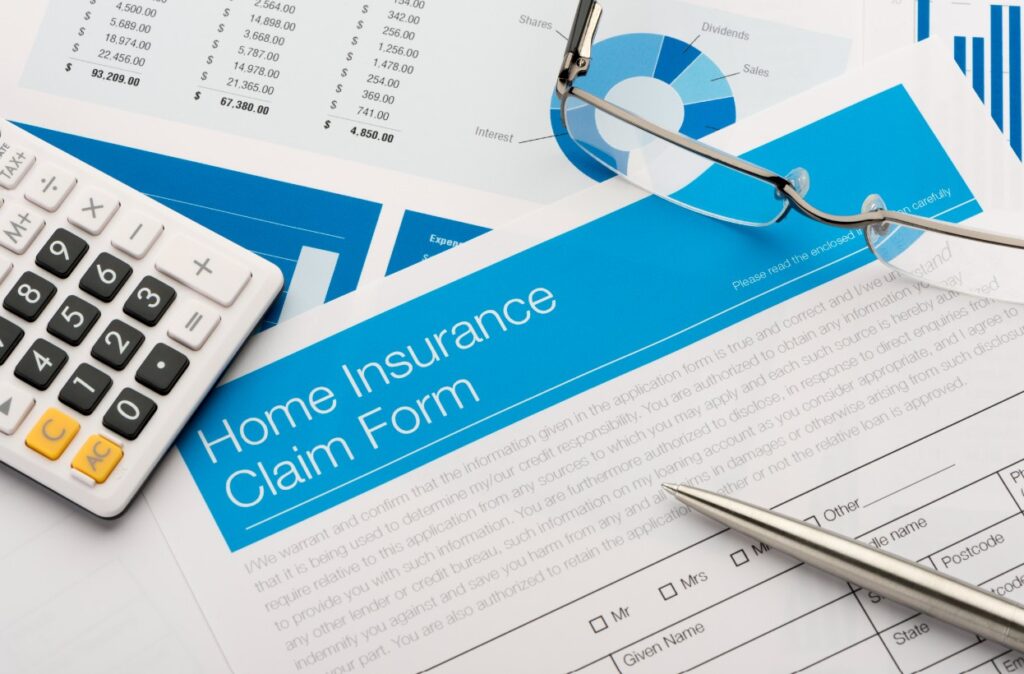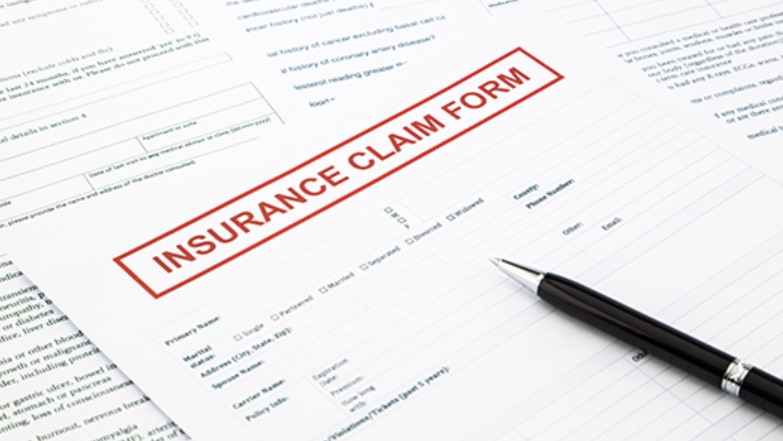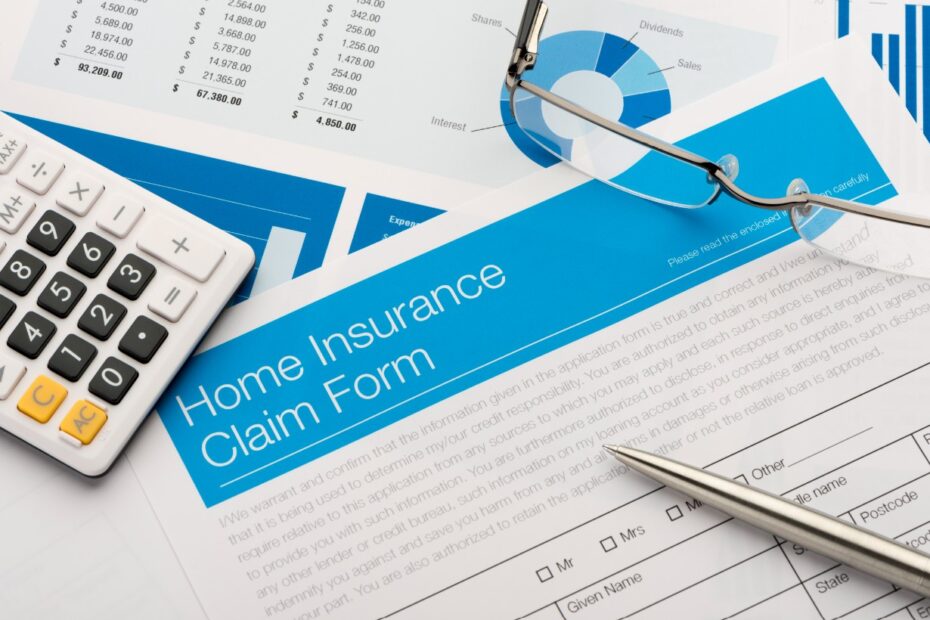This article will explain How To Write An Estimate For An Insurance Claim? Writing an estimate for an insurance claim is a critical step in the claims process. It involves a detailed assessment and documentation of damage, understanding the coverage of your insurance policy, and communicating effectively with your insurance company. This article will guide you through each step of this process, ensuring your estimate is accurate and comprehensive.
Key Takeaways
- Understand the Insurance Policy: Familiarize yourself with the coverage details.
- Document Damage: Thoroughly record all damage for accuracy.
- Estimate Repairs: Use professional estimates for repair costs.
- Itemize Costs: Clearly list all expenses related to the claim.
- Review and Submit: Ensure accuracy before submission.
How To Write An Estimate For An Insurance Claim?
Writing an estimate for an insurance claim involves several detailed steps. These steps are designed to ensure that your estimate accurately reflects the extent of the damage and the costs involved in repairing it. Here’s a detailed breakdown of each step:

- Review Your Insurance Policy:
- Understand Coverage: Begin by thoroughly reviewing your insurance policy. Understand what types of damages and expenses are covered under your policy.
- Know Your Deductible: Be aware of your deductible amount as this is what you’ll need to pay out-of-pocket.
- Check for Exclusions: Identify any exclusions or limits in your policy that might affect your claim.
- Document the Damage:
- Take Detailed Photographs: Photograph all damaged areas, items, or property. This serves as evidence for your claim.
- Write Descriptions: Along with photos, write detailed descriptions of each damaged item, noting the extent and nature of the damage.
- Keep a Damage Inventory: Make a comprehensive list of damaged items along with their estimated value or the cost of replacement/repair.
- Obtain Repair Estimates:
- Seek Professional Opinions: Get quotes from licensed contractors or repair professionals. These quotes should include detailed breakdowns of the costs for materials and labor.
- Multiple Estimates: If possible, obtain several estimates to provide a range of potential costs.
- Include Temporary Repairs: If you’ve made temporary repairs to prevent further damage, include these costs as well. Keep all receipts and documentation.
- Itemize Your Estimate:
- Create a Detailed List: Prepare an itemized list of all damages along with the estimated repair costs.
- Include All Costs: Make sure to include every aspect of repair and replacement, including materials, labor, and any additional services like cleaning or rental costs for temporary equipment.
- Review and Finalize the Estimate:
- Accuracy Check: Go through your estimate thoroughly to ensure all damages are accounted for and the costs are accurately represented.
- Compare With Policy Coverage: Cross-check the estimate with your insurance policy to ensure that all items are covered.
- Proofread for Clarity: Your estimate should be clear and easy to understand for the insurance adjuster.
- Submit the Estimate to Your Insurance Company:
- Follow Submission Guidelines: Adhere to your insurance company’s guidelines for submitting claims. This might include online submissions, emails, or physical mailing.
- Keep Copies: Always keep copies of everything you submit for your records.
- Communicate With Your Insurance Adjuster:
- Be Available for Questions: Insurance adjusters may have questions or require additional information. Be responsive to their inquiries.
- Negotiate if Necessary: If the insurance adjuster’s estimate differs significantly from yours, be prepared to negotiate. Provide additional documentation or justification for your estimated costs.
- Follow Up:
- Regular Check-Ins: Keep in regular contact with your insurance company to check the status of your claim.
- Be Prepared for Revisions: Sometimes, additional damage may be discovered, or repair costs may vary from the original estimate. Be prepared to update your claim accordingly.
- Keep Records:
- Document All Communications: Keep a log of all communications with your insurance company, including dates, times, and a brief summary of each conversation.
- Save All Receipts and Documents: Maintain a file of all relevant documents, receipts, emails, and notes related to your claim.
By following these detailed steps, you can prepare a comprehensive and accurate estimate for your insurance claim, increasing the likelihood of a smooth and successful claim process.
Understanding Your Insurance Policy
Before writing your estimate, it’s crucial to understand your insurance policy.
Policy Coverage
Examine what types of damage and expenses your policy covers. This will guide you in what to include in your estimate.
Policy Limits
Be aware of any limits on coverage amounts. This will help in assessing if your damage exceeds these limits.
Documenting the Damage
Documenting the damage accurately is essential for a successful claim.

Photographic Evidence
Take clear, detailed photos of all damage. This provides visual proof for your insurance company.
Detailed Descriptions
Write descriptions of each damage, noting the extent and the impact. This adds context to your photographic evidence.
Professional Repair Estimates
Obtaining professional estimates is key for an accurate claim.
Choosing Repair Services
Select reputable repair services for accurate estimates. This ensures your insurance company will accept the estimates.
Detailed Repair Quotes
Ensure the repair quotes are detailed, including labor and material costs. This adds credibility to your estimate.
Itemizing Your Estimate
A well-organized estimate is crucial.
Clear Layout
List each item of damage and its associated repair cost. This makes your estimate easy to understand.
Supporting Documentation
Include all related invoices and receipts. This provides proof of your listed expenses.
Reviewing and Submitting Your Estimate
Before submitting, review your estimate thoroughly.
Accuracy Check
Ensure all details are accurate and match your documentation. This prevents any delays in claim processing.
Submission Guidelines
Follow your insurance company’s guidelines for submitting claims. This ensures your estimate is processed efficiently.
When preparing your insurance claim estimate, understanding and adhering to your insurance company’s specific requirements is crucial. This involves knowing their process for claim submission, the format they prefer for estimates, and any additional documentation they might require.

Understanding Submission Processes
Each insurance company has its unique process for submitting claims. It’s essential to inquire about these specifics: whether they prefer online submission, mailed documents, or direct submission through an agent. Adhering to their process ensures a smoother claim journey.
Meeting Company-Specific Requirements
Insurance companies might have particular formats or templates for estimates. Ensure your estimate aligns with these formats. This could include specific sections or ways to itemize damages and costs, making it easier for adjusters to review and approve your claim.
Collaborating with Insurance Adjusters
Working closely with insurance adjusters can significantly impact the efficiency and outcome of your claim. These professionals assess the damage and play a key role in determining the claim amount.
Effective Communication
Maintain open and consistent communication with the adjuster assigned to your case. Provide them with all necessary documents promptly and be available to answer any questions they might have. This proactive approach can help expedite your claim.
Negotiating with Adjusters
There might be instances where you disagree with the adjuster’s assessment. In such cases, it’s important to negotiate effectively. Present your reasons, backed by evidence, for why you believe your estimate is more accurate. Being informed and assertive, yet respectful, can lead to a more favorable outcome.
Utilizing Claim Estimation Software
Technology can play a pivotal role in creating accurate estimates. Claim estimation software offers tools and templates to help you prepare comprehensive and professional estimates.

Benefits of Software Tools
These tools often come with pre-loaded pricing and repair cost data, making it easier to estimate accurately. They can also guide you in structuring your estimate in an industry-standard format, which can be particularly beneficial if you’re unfamiliar with the process.
Choosing the Right Software
Select software that is user-friendly and aligns with your insurance company’s guidelines. Some insurance companies might even recommend specific software that integrates well with their claim processing system, making for a smoother transaction.
Dealing with Complex Claims
Some claims, especially those involving extensive damage or unique circumstances, can be more challenging to estimate.
Seeking Professional Help
In such scenarios, it might be beneficial to consult with a public adjuster or a claims consultant. These professionals can provide expert advice on documenting damage and estimating costs accurately.
Handling Disputes
If there are disputes with your insurance company over a complex claim, consider mediation or arbitration. These alternative dispute-resolution methods can provide a platform for both parties to reach a mutually agreeable solution.
Keeping Records and Receipts
Maintaining comprehensive records and keeping all receipts related to your claim is fundamental.
Importance of Detailed Records
Keep a detailed log of all communications with your insurance company, including dates, times, and summaries of conversations. This can be invaluable if there are any misunderstandings or disputes during the claim process.
Organizing Receipts
Organize and safely store all receipts related to your claim, including those for temporary repairs, replacements, and any other expenses incurred due to the damage. These will be crucial for substantiating your claim and ensuring you are reimbursed appropriately.
Conclusion
Writing an estimate for an insurance claim requires attention to detail, understanding your insurance policy, and clear communication. By following the steps outlined in this guide and ensuring your documentation is thorough and accurate, you can successfully navigate the claims process. Remember, the key is in the details and accuracy of your estimate, which can significantly impact the outcome of your claim.
Top FAQ’s
What if my claim is denied after submitting my estimate?
If your claim is denied, request a detailed explanation from the insurance company. Review their reasons and, if necessary, provide additional information or documentation to challenge the denial. Consider seeking professional advice or legal assistance if you believe the denial is unjustified.
Are there specific formats or templates I should use for the estimate?
Some insurance companies provide specific templates or formats for estimates. It’s best to check with your insurer for any preferred formats. If not provided, use a clear and detailed format, itemizing each cost and providing comprehensive descriptions.
How can I expedite the claim process after submitting my estimate?
To expedite the process, ensure your estimate is thorough and accurate, submit all required documentation promptly, and maintain regular communication with your insurance adjuster. Respond quickly to any additional information requests from the insurance company.
Should I hire a professional to write my estimate?
Hiring a professional, like a public adjuster, can be beneficial, especially for large or complex claims. They have expertise in accurately assessing damages and preparing comprehensive estimates that align with insurance company requirements.

Muhammad Talha Naeem is a seasoned finance professional with a wealth of practical experience in various niches of the financial world. With a career spanning over a decade, Talha has consistently demonstrated his expertise in navigating the complexities of finance, making him a trusted and reliable figure in the industry.









